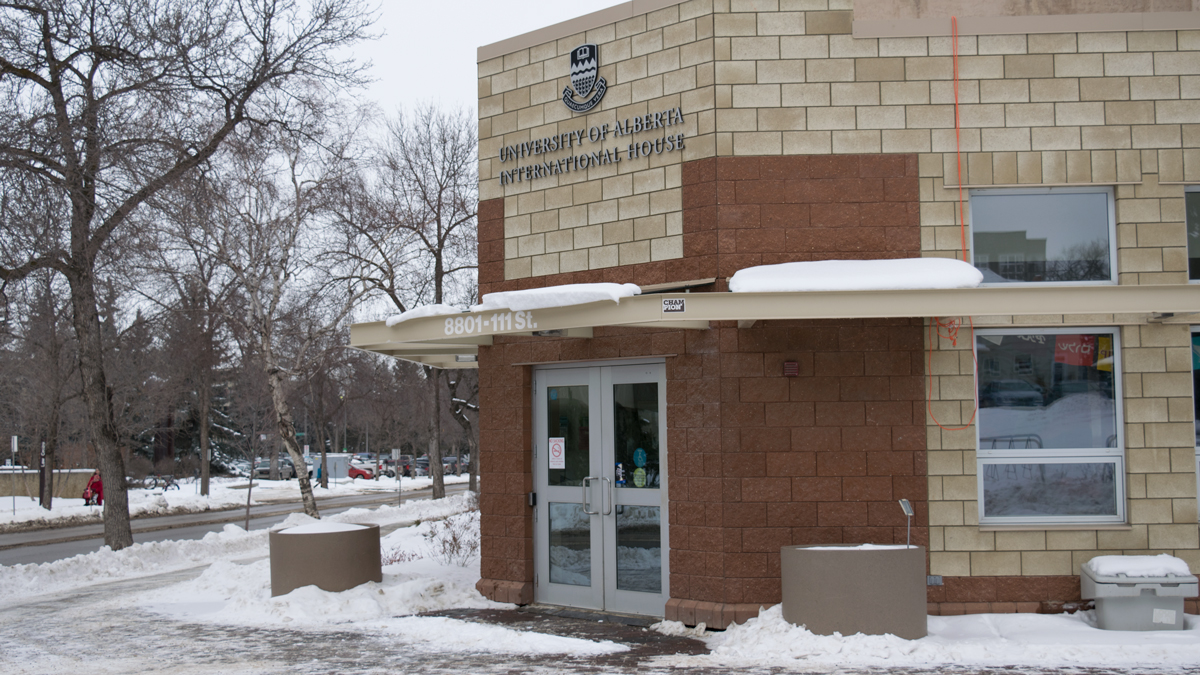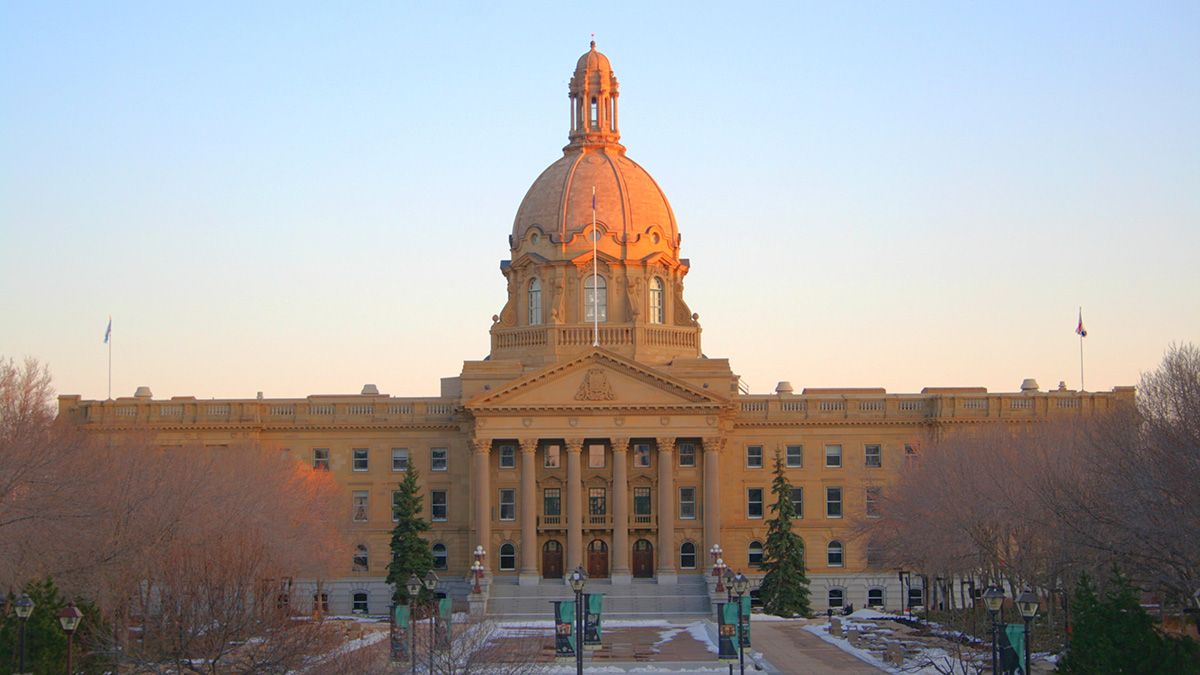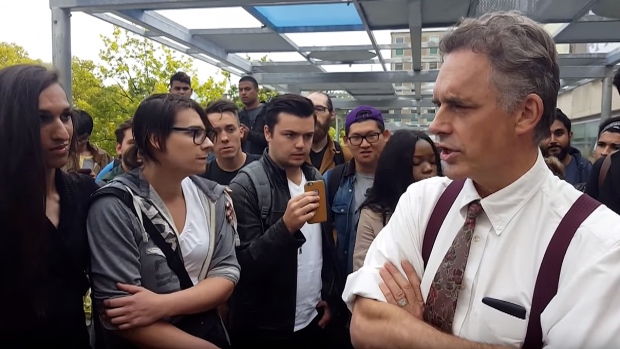 Alexander Cook
Alexander CookDespite thousands of student protests, the Government of Canada made changes to its student visa programs in January. Now the government is reducing the number of permits even further. The earlier changes temporarily limited the number of international students admitted into undergraduate programs. Canada planned to only accept 360,000 new applications in 2024, which is 35 per cent less than in 2023. The most recent changes will reduce study permits by another 10 per cent in coming years.
Provinces across Canada are also reducing their number of permanent residency admissions by as much as 36 per cent from 2023–24. These changes mean that some international students might have no opportunity to stay in Canada after completing their studies. This is simply unacceptable.
After all, these students often pay more than five times the amount of tuition that domestic students pay. At the University of Alberta, an international student has to pay more than triple what their domestic counterpart would for the same program. How can Canada expect students to invest this much money into the country without a clear path to permanent residency?
Mehakdeep Singh, an international student, earned enough points in the Comprehensive Ranking System (CRS). The system assesses prospective immigrants based on their work experience and education level. Supposedly, the more points you gain, the more likely you will be invited to apply for permanent residency. But, with a soon to expire work permit, Singh doesn’t have a clear path to gaining residency. More specifically, he cannot renew the post-graduate work permit — which allows international students to work after graduating. Obtaining a regular work permit might take months. The enrolment cap means that Singh can’t enrol in another college either. After studying in Canada for six years, he might just have to leave his life in Canada and go home.
Seeking sponsorship from a company with a closed work permit might be the only solution for him. However, the United Nations (UN) flagged the temporary foreign worker program as “a breeding ground for contemporary slavery.” If the Canadian government wants to “protect” international students, it needs to provide a safe and clear path to permanent residency. Otherwise, international students could end up in an unfair and abusive system.
Of course, the federal news release in January claimed that the purpose of the decisions around international student visas was to alleviate the burden on housing and other resources. However, the government praised foreign students for their contribution to the economy just three years ago. The government made this latter statement during the labour shortage following the pandemic. Coincidence? I don’t think so.
As Tomiris Kaliyeva, the president of the University of Winnipeg Students’ Association (UWSA) and an international student herself, said, “sometimes we’re used as cash cows … and then the other times, we’re blamed for the housing crisis.” Seemingly, Canada is only willing to support these students when it benefits Canada. And when it isn’t so convenient, the government punishes international students.
But make no mistake. These changes aren’t a simple fix — universities will suffer from the financial fallout. Michael Benarroch, president of the University of Manitoba, said that “a seven per cent decrease [in international student enrolment]” would result in “about a $7 to $8 million hit to [the university’s] budget.” Benarroch also noted that some prospective foreign students haven’t paid their deposits because of the uncertainty around their futures in Canada. There’s too much risk involved in moving to a country that’s not receptive to your needs.
Whether you’re against the cap or you support it, international students are undeniably vital to higher education in Canada. After all, there are 7,000 undergraduate international students at the U of A. The university plans to bring in an additional 6,000 in the next 10 years. Not to mention, international students represented 39.3 per cent of graduate students at the U of A in 2021. They might provide a fair chunk of university income, but they’re also essential to campus culture and the university’s claim to diversity.
At the very least, they deserve extended post-graduate work permits during this cap, or other accessible, safe ways to achieve permanent residency. Otherwise, Universities Canada is expecting a 45 per cent decline in enrolment this year. If changes aren’t made soon, Canadian universities and its students will be the ones left suffering.




